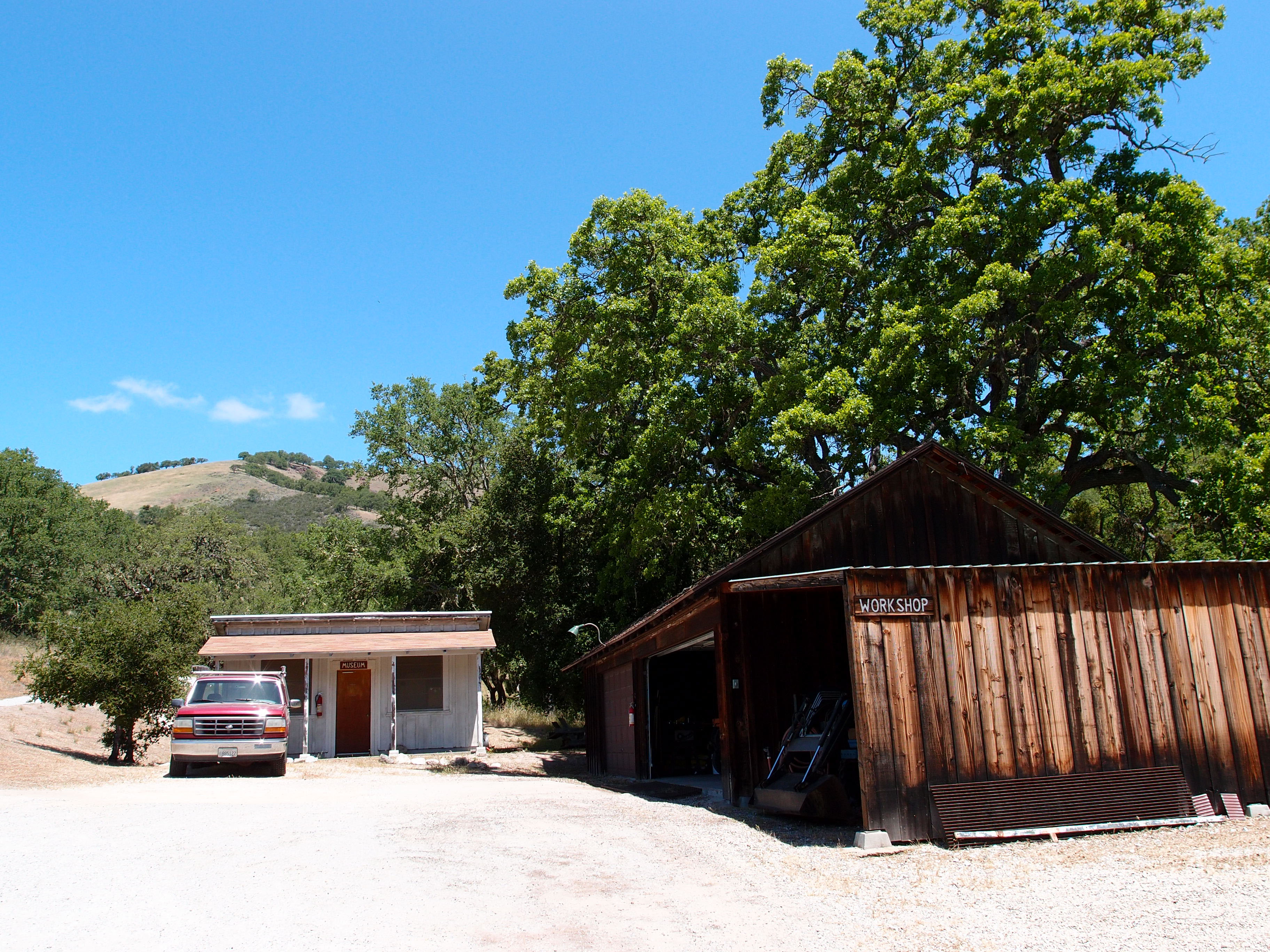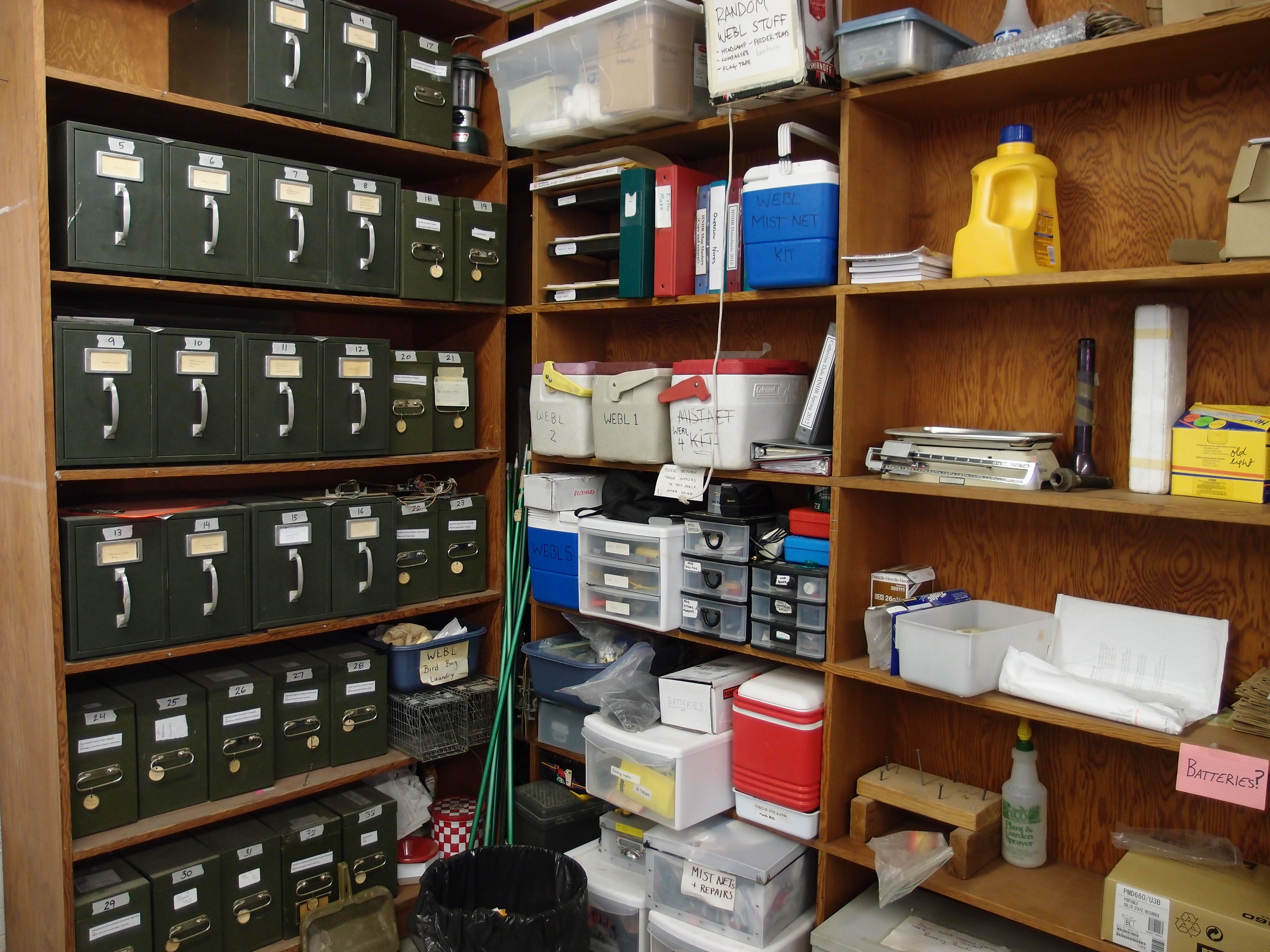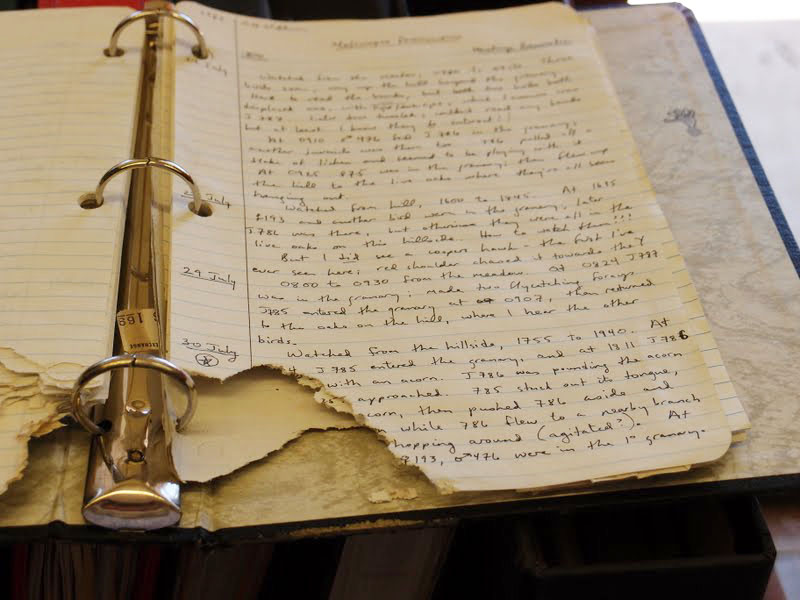My name is Kira Dodd and I am the Archival Project Coordinator at the MVZ. In January 2012, we were awarded a three-year grant from the Council on Library and Information Resources to catalog and make more accessible the Museum’s hidden archives of fieldnotes, correspondence, annotated maps, images, and artwork. This exciting new project will eventually provide access to evidence of the historical, ecological, legal, and sociological context for the vertebrate specimens that comprise the Museum’s collections.
……………………………………………………………………………………………………………………………….
As one of the first major steps toward our CLIR grant goals, I joined Principal Investigators Michelle Koo and Carla Cicero on a day trip in May to Hastings Natural History Reserve in Carmel Valley, Monterey County, California. Our mission was to evaluate the quality, quantity, and current state of preservation of the historic materials at the Hastings facilities, and to return to the MVZ with as many of those valuable materials as possible. Outgoing Hastings director Mark Stromberg kindly provided us with a preliminary inventory of the material prior to our trip, but it was not until we arrived that we were fully able to grasp the scope and condition of the collection.
After reaching Hastings, Walter Koenig led us to the materials which were housed in two separate buildings: the first, a lab heavily used by researchers working at Hastings; the second, a storage building called the “Museum.” The lab contained six shelves of organized metal file boxes filled with loose fieldnote pages dating back to the 1930s, and the decision to bring all of the boxes back to the MVZ was almost immediate. The “Museum,” on the other hand, provided more of a challenge. Binders of fieldnotes and other research material were lined up on tables by the door and hidden on shelves behind stacks of boxes and miscellaneous field equipment. Because of ongoing Hastings research that still uses some of these fieldnotes, and because we could not transport in one vehicle the entire contents of the archives stored in the “Museum,” we were unable to bring more than a subset of those materials to the MVZ.
However, we did proceed to roughly assess and inventory the entirety of the building’s archival materials. What we discovered were fieldnotes and data from researchers dating back to the 1970s, mostly organized but unfortunately stored in conditions less than ideal for preservation. One fieldnote binder in particular had a large corner of all of its pages, and subsequently a chunk of its handwritten notes, gnawed off by a rodent. The gnawed binder would eventually prove to be a singular case amidst a host of materials that appeared relatively unharmed, but the conditions of the “Museum” nevertheless seemed problematic for the long-term preservation of such important original documents.
This potential risk of damage inherent in the current storage system at Hastings, combined with the substantial amount of historically significant research material kept there, accounts for just one situation within the MVZ Archives that perfectly illustrates the necessity of the CLIR grant. The materials at Hastings exemplify the quantity and value of the hidden MVZ archival collections we aim to discover and organize through this funding, a process that will improve the preservation of our archives and increase their public accessibility, especially in relation to the MVZ specimen collections.
In the coming year, with the help of our newly hired archivist, Christina Fidler, we hope to make large strides toward the comprehensive control and management of our rich archival resources. Check back regularly with the MVZ Archives blog as we begin to document this large, exciting undertaking and start to unearth the fascinating history hidden within our collections.




